Many students in our San Diego martial arts school ask: “how can I increase the amount of power in my strikes?” The answer is simple: get to understand your center, and how to use it effectively!
The center is an incredibly important concept in martial arts. Where beginner martial artists use their limbs in an effort to generate power, experienced martial artists exhibit dthe skill of harnessing their center to generate what seems to be unlimited amounts of power. Such power generation appears effortless to the observer. “Gamaku” is the special term for the center in Okinawan karate-speak (Uchinaaguchi). In the Chinese arts such as Tai Chi and Kung Fu, the related (but not entirely equivalent) terms to Gamaku are Dan-Tien (sometime spelled Dantian) and Ming-Men.
The center, or core, is a key to progress in martial arts. But what is exactly the center? Why is it important? What do we need to do to harness it to generate power in martial arts?
Ancient Okinawan and Chinese martial arts masters knew a lot about how to harness the center and the core to generate tremendous power. This article will attempt to share this knowledge, as well as to relate the knowledge to modern science and anatomy.
The Center or “Core” is All the Rage
Core exercises are all the rage today in fitness circles. Academic studies have shown that weak cores are associated with back pain and joint injury. The core or center is also of paramount importance in martial arts.
It is interesting that what is good for us in martial arts, karate and self-defense fighting is also good for our general health. A lot of martial arts training is dedicated to teaching us how to use our bodies efficiently. This is because the only way we can hope to win in a self-defense confrontation with a large opponent who is stronger and faster than us, is to be more efficient than our opponent. Once we learn the “secrets” of efficient movement, we can use this skill not just in fighting but also in everyday activities, protecting our back, knees and other joints from injury or premature wear.
First, a little about our Center and why it is Important
If we look at a diagram of the human body, we can observe two triangles. Using Leonardo Da Vinci’s Vitruvian Man, we can see that the legs form a lower triangle, while the torso, shoulders and arms form a top triangle. The two triangles meet the center of the body. (I hope that Da Vinci will forgive me for adding a small fig leaf to his 1490 original, so as to keep this article PG rated 🙂 )
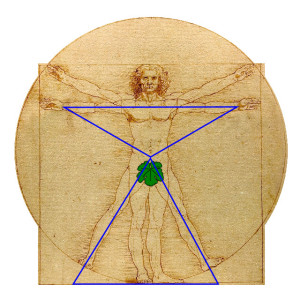
The center of body or core is the key to transferring power from the large muscles of the legs and into the upper body and the arms. If you have trained in Okinawan Karate, you probably heard your instructor telling you to “punch with your legs,” or “use your hips to power your punch.” Likewise, the Tai Chi Classics (classical Chinese texts used as guides for the practice of T’ai Chi Ch’uan) directs us:
“The energy is rooted in the feet, issued through the legs, directed by the waist, and appears in the hands and fingers.”
Connecting the upper body to the lower body through the center (core) is important in several martial arts respects:
- Power Generation: When the upper body is connected to the lower body, we can use the very large muscles of the legs and core (the “lower triangle”) to generate power, and have the center transfer the power to the arms/hands (the “upper triangle”) where our techniques manifest.
- Rooting: When the upper body is connected to the lower body, we are able to root. If you remember your physics, the third law of Newton tells us that “every action has an equal and opposite reaction.” By being properly connected to the ground, we can maximize the transfer of power from our limb to the target, by making our mass very large — as large as the earth. Without a proper connection to the ground, we would “recoil” from each hit.
So in short, understanding how to use our center is a .
A Short Anatomy Lesson: The Spine and the Core
Looking at the human muscular-skeletal system (see drawing below), we can observe that the spine and the core muscles form the only connection between the lower body – legs and hips – and the upper body.
The spine is made of 33 vertebrae, separated by 23 discs. Those allow for complex and dynamic movements. The spine is organized into three regions (top to bottom): cervical spine, thoracic spine and lumbar spine.
The musculature around the spine and center of the body is very complex. Without getting into too much anatomy, suffice is to say that the core muscles extend all the way from the pelvic floor, through the various abdominal muscles, the muscles around the spine (such as the psoas and erector spinae), the diaphragm, and up to the muscles or the upper back (such as the latissimus dorsi and trapezius).
Focusing on the center (again that Okinawan Gamaku area), take a look at the four abdominal muscles in the diagram below: the transversus abdominis, internal oblique, external oblique, and rectus abdominis. Together with the muscles of the lower back, they form a web that stabilizes the martial artist’s midsection.
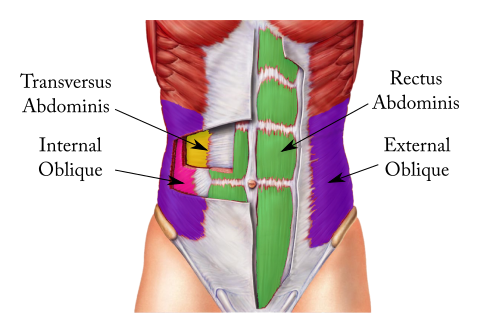 The Spine and Center – Transferring Power
The Spine and Center – Transferring Power
The hallmark of a skillful martial artist is his or her ability to issue tremendous power with what appears to be very small outward movement. Okinawan karate uses the term Chinkuchi to describe such explosive power (that’s another Okinawan — Uchinaaguchi — term for you). Chinese arts use the term Fajing (sometimes spelled Fa-jing) to describe a similar concept of exploding spherical force, originating from the martial artist’s center. At a deep level, Fajing is about learning to use our diaphragm to activate the stretch reflex in our waist muscles (Gamaku), and harness that stretch reflex to create a “whole body” ball of power. We all know how to do it – think about how your entire body reacts when you sneeze, or when you cough. It’s virtually unstoppable.
The “magic” of Fajing / Chinkuchi is in being able to harness whole body power at will, and manifest that power for specific uses, such a strike, a pull, a throw, etc. If you have trained with an individual who has mastered those skills, you will be amazed at the almost unlimited amounts of power they can generate. Very impressive!
The importance of Gamaku – the spine and center – is in allowing the power generated in the center to be delivered to its intended destination. Another way to think about it is that the center and legs are the “engine” of power, while the spine is analogous to the drive shaft in your car’s drive train (assuming you have a rear-wheel drive car). In the same way that the drive shaft of a car transfers power from the engine to the wheels, the spine and center transfer power from our legs to our upper body and limbs.
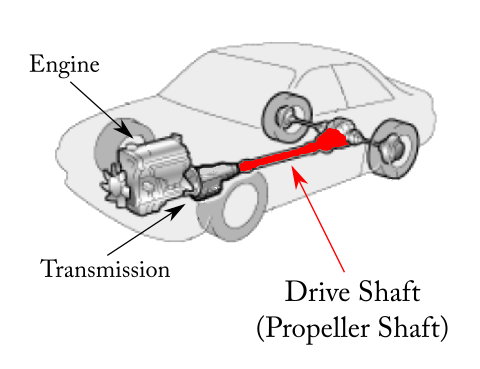 The Okinawans and (before that) Chinese martial arts masters understood the imperative role of the spine and center (Gamaku) in martial arts. There is a good body of instruction on how to accomplish this alignment, and that’s what we will cover next.
The Okinawans and (before that) Chinese martial arts masters understood the imperative role of the spine and center (Gamaku) in martial arts. There is a good body of instruction on how to accomplish this alignment, and that’s what we will cover next.
Obtaining the Optimal Spine Position for Power Generation
It is important to understand that the use of the spine in martial arts is somewhat different than its use in everyday activities. For example, in activities such as walking or running, we want our spine to act as a “shock absorber,” isolating the head and other sensitive organs from shock and vibration. In martial arts, on the other hand, we want our spine to enable the transfer of power to and from our opponent. These are vastly different roles.
The Okinawans and Chinese martial artists understood for optimal power generation, the spine must be straightened. From a practical perspective, that means two things:
- Flattening (as much as possible) the curvature of the lower (lumbar) spine. Colloquially known “tucking the tailbone under” in Okinawan karate and “opening the ming-men (mingmen)” in Chinese arts.
- Flattening (as much as possible) the curvature of the upper (cervical) spine.
Flattening the Lumbar Spine for Optimal Power Generation
Flattening the lower spine is ideally accomplished by relaxing the tailbone under. You can pretend that you are about to sit on a barstool. The initial movement of the hip in such sitting is exactly what causes the lumbar spine to straighten. Another good analogy is to think about your hips as a bowl filled with fruit, and turning the pelvis slightly forward so that the content of the bowl does not spill out.
Ryan Parker Sensei has a nice post here about the different oral teachings in Okinawan karate for flattening/straightening the lower spine, and how they relate to Gamaku, and which I summarize below. You have probably heard your karate sensei say one or more of the following:
- Straighten the spine
- Roll the pelvis forward
- Put strength in the dantien (also called dan tien, tan t’ien, or tanden)
- Relax the lower back
- Squeeze the buttocks / gluteal muscles (“glutes”)
A quick comment on the last one: while squeezing the buttocks will indeed tuck the tailbone under and flatten the spine, it is better for us to learn how to accomplish this straightening without exerting a lot of muscular power. This is because maintaining a squeeze in the buttocks muscles will impair other aspects of your movement.
Here is a fun exercise you can do with a partner to feel the powerful effects and benefits of flattening your lumbar spine:
- Start by standing with your back against a wall or a post. Extend one arm forward, taking care to keep your shoulder down. Your partner will press against your extended arm. Start easy. Once you get the hang of the exercise, the partner can start exerting more force.
- With your lower back in its natural state, i.e., natural lumbar spine curve, you will feel the pressure on your extended arm manifest in the lower back. No matter how much you tense your core muscles, the pressure will be felt in your lumbar spine. Ouch!
- Now flatten your lumbar spine (using any one of the cues discussed above). Now that you are well aligned, you will feel the pressure your partner is exerting in your arm all the way down in your heals. There will not be any pressure anywhere in lower back or anywhere else in your body. You have now successfully rooted your body to the ground.
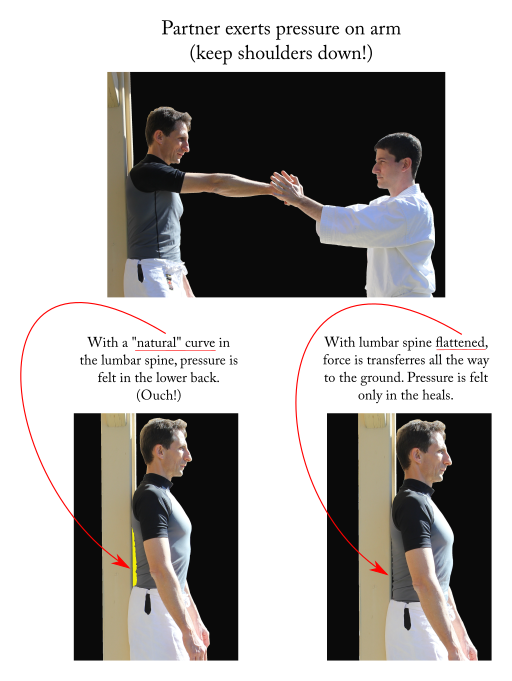
So the flattening of the lumbar spine helps connect the upper body to the lower body. But what about the rest of the spine?
Flattening the Cervical Spine for Optimal Power Generation
The other part of the spine that can help with optimal power generation and transfer in martial arts is the cervical spine. To learn how to “flatten” or “straighten” the cervical curve let’s look at our skull, and what the Chinese call the Baihui point (in Chinese 百会 , sometimes also spelled Bai-hui in English). Here is the proper Chinese (Mandarin) pronunciation of Baihui:
Where karate masters will encourage the student to
“tuck the chin in,”
Chinese teachers will cue
“lift the Baihui point to the sky.”
Sorry – I don’t know an Okinawan / Japanese term for the Baihui point – perhaps you can enlighten me by posting a comment below. The Baihui point is also important in ancient Eastern medicine. The Bubishi (a military encyclopedia in ancient China, which also played a key role in the development of martial arts in Okinawa — see here) refers to the Baihui point by the animal assigned to it — the rat.
You can easily find your Baihui point: start with your index finger on the top of each ear, and walk your fingers up your skull until they meet at the top. The point where your fingers meet is your Baihui point. (Note that the Bahui point is not the crown of the head!)
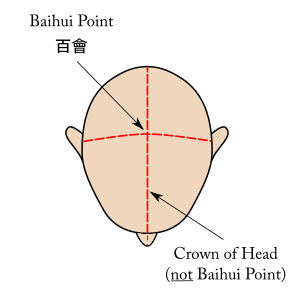
When you lift your Baihui point toward the sky, as the cervical spine curve flattens your chin will automatically tuck slightly. This provides an additional benefit of protecting your neck from the opponent’s strikes. Also, with your head high, you will be able to have a good vantage point to view the entire ”battlefield” with your peripheral vision.
On the topic of fun exercises, here is a fun test you can do with a partner to feel the powerful effects and benefits of flattening your cervical spine.
- Stand in a front stance (zenkutsu dachi) , and extend one arm out, taking care to keep your shoulder down. Your partner, also in a front stance, will use a “figure four” grappling grip, and will attempt to bend your arm at the elbow. (Bend, not break! This is a cooperative drill!)
- Pull your Bahui point to the sky, which will flatten your cervical and tuck your chin in. You will feel that you can easily resist your partner.
- Now, allow your neck to curve. Your partner will be able to easily bend your arm.
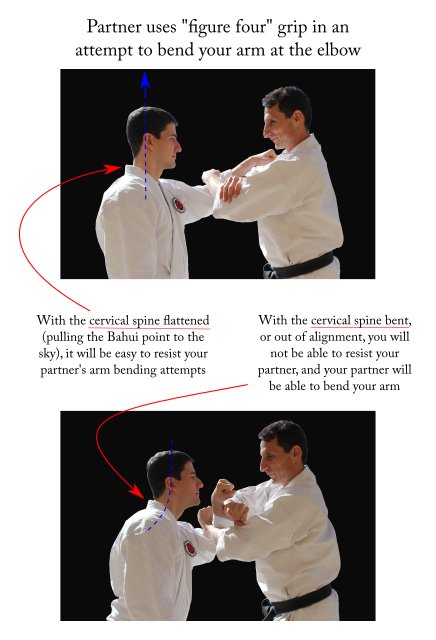
In other words, the alignment of our cervical spine affects our ability to exert force.
As a side note, people who spend a lot of time working on computers or in desk jobs tend to develop deep curvature in their cervical spine. It will often look as if their neck is hanging forward at an acute angle. This is unhealthy for the spine and neck, as it puts excessive shearing forces on the spine. It is also bad for martial arts as, with your neck and head extended forward, you are “offering your head as a target for your opponent.” So again — train yourself what is good for martial arts, and you will receive a “free benefit” of having good posture in everyday life.
The Other Component of Gamaku
Spinal and general skeletal alignment are one (vital) part of power generation. The other part of power generation is being able to effective harness the large muscles of the body (and, at a more advanced level, the elasticity of these muscles, tendons and facia) to generate power. Gamaku plays a role here too:
- At a basic level, using the muscles of the core – Gamaku – allows for a connection between the the power that is generated in the lower body and the upper body where a technique may manifest.
- At a higher level, the power pulse originates in the center, so the center – Gamaku – – is actually used not just for transferring power but also for generating power.
I intend to address those more deeply in a future post.
Looking at an example from Another Domain
The ancient Okinawan and Chinese martial artists clearly understood the importance of the spine and the center for power generation. There is another, and more modern, domain where power generation is paramount – Olympic weightlifting. It is interesting to see strong analogies in the understanding of the role of the spine and core between martial arts and weightlifting. (Actually, weightlifting has its roots in ancient Egypt, China and Greece.)
Weightlifters clearly need to exert high levels of power in order to lift. At the Olympic levels, weightlifters can lift as much 570 lbs (260 Kg). Such weight puts tremendous demands on the human musculoskeletal system, and a mistake can literally snap an athlete in two.
Note the spinal flattening that the weight lifter is exhibiting in deadlift below. Looks familiar? Weightlifters are also taught to engage their core (sometimes referred as “3D core,” i.e., the front, side and back) to brace themselves for the lift. Gamaku anyone?
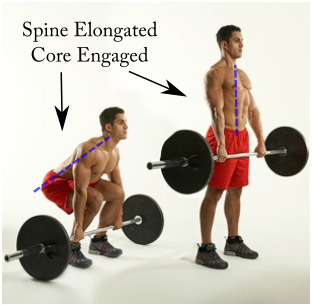
Want to refine your Spinal Alignment and Gamaku? Use your Makiwara!
The Makiwara (traditional Okinawan striking post) is a great way to test your power generation, and see for yourself how improving your alignment pays dividends in power generation. (If you don’t have one, I highly recommend you get one. You can build a makiwara by following the simple instructions here.) Simply position yourself in front of the makiwara, and practice the same technique, for example a reverse punch (gyaku tsuki). When your alignment is good, not only will you be able to generate more power, but you will also feel that, at the time of impact, the only perceptible pressure in your own body is in the contact point between your heal and the ground. The great benefit of the makiwara is that it will provide instantaneous feedback to you. This will enable you to experiment and find the best alignment for power generation.
Why practice with a makiwara and not just a heavy bag? Read this comparison of makiwara and heavy bag training for an explanation.
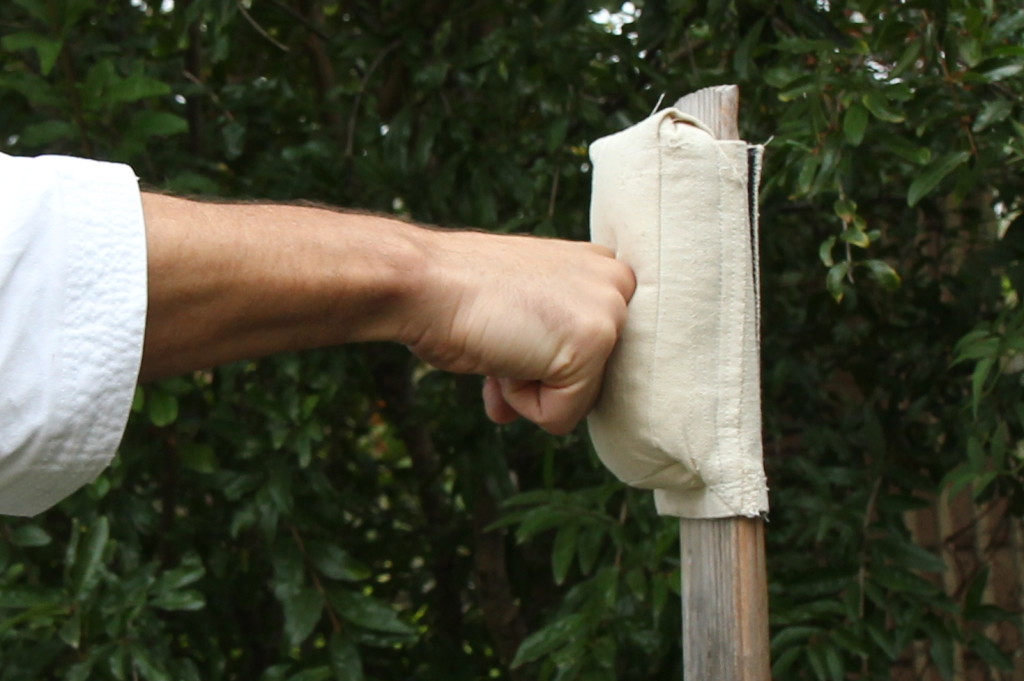
Questions? Comments? Feel free to post below.
Keep training hard!

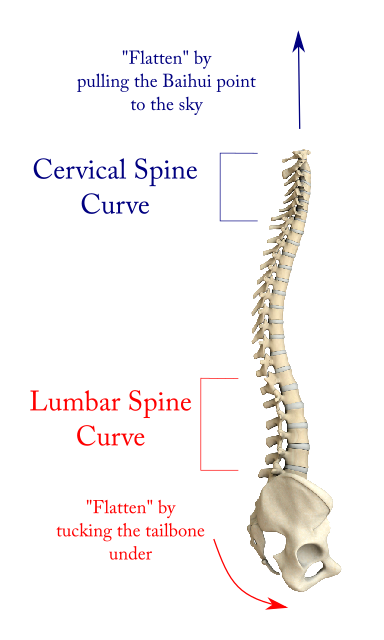
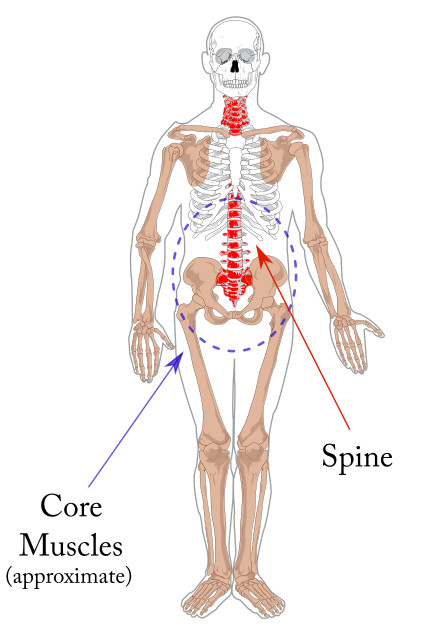
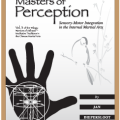
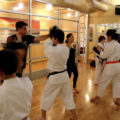
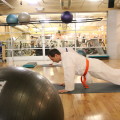
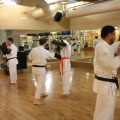
If you have no objection, I will post this on Face Book / International Uechi Ryu Karate Federation. Thank you.
Sure Thom Sensei — you are welcome to post a link to the article! I am happy to share.
I can share in my Association(Shito-Ryu)
You are welcome to share!
Enjoy your training!
Brian
Excellent article on generating power in martial arts!
Good article on power generation in martial arts! Excellent blog!
Great tips on generating power in martial arts! Excellent article!
I wish you could seem more UFC MMA fighters hit like this.
This was a splendid article to read Brian sensei!
Very nice to see such observations also coming from the direction of an Okinawan Karate sensei, for a change. I especially liked the knowledgeable and spot-on comparisons between the identical traditional instructions in both Karate and Chinese arts. It is most unfortunate that the majority of Karate teachers in modern times are unaware of such key concepts in anatomy and physiology.
I have also written of these topics at length in my book, Research of Martial Arts:
https://www.amazon.com/Research-Martial-Jonathan-Bluestein-Shifu/dp/1499122519
Jonathan: In my opinion, the energy generation concepts that are core to many Chinese marts arts have also been integral to Okinawan karate. It is unfortunate that, though the evolution and popularization of karate in the 20th century, some of these concepts got masked in favor of reliance on muscular power. I do believe that they existed in the traditional arts in the past and that these days more and more karateka are realizing the value and utility of what can be (not entirely accurately) called “internal” energy generation.
Pingback: [BLOCKED BY STBV] Is Muay Thai Bad for Your Knees – Thailand Trip Expert